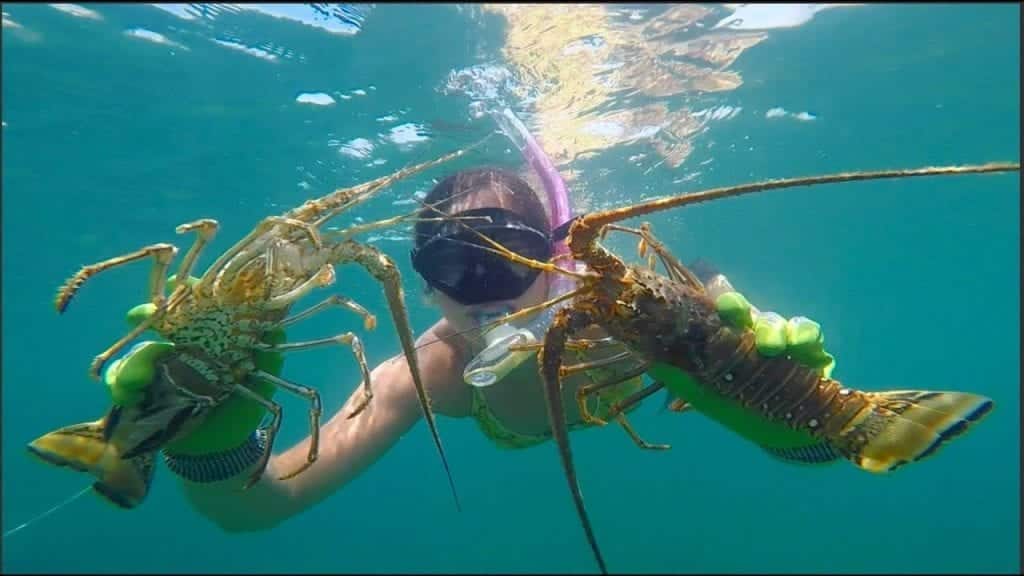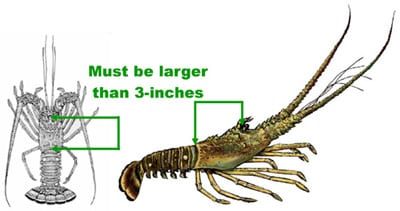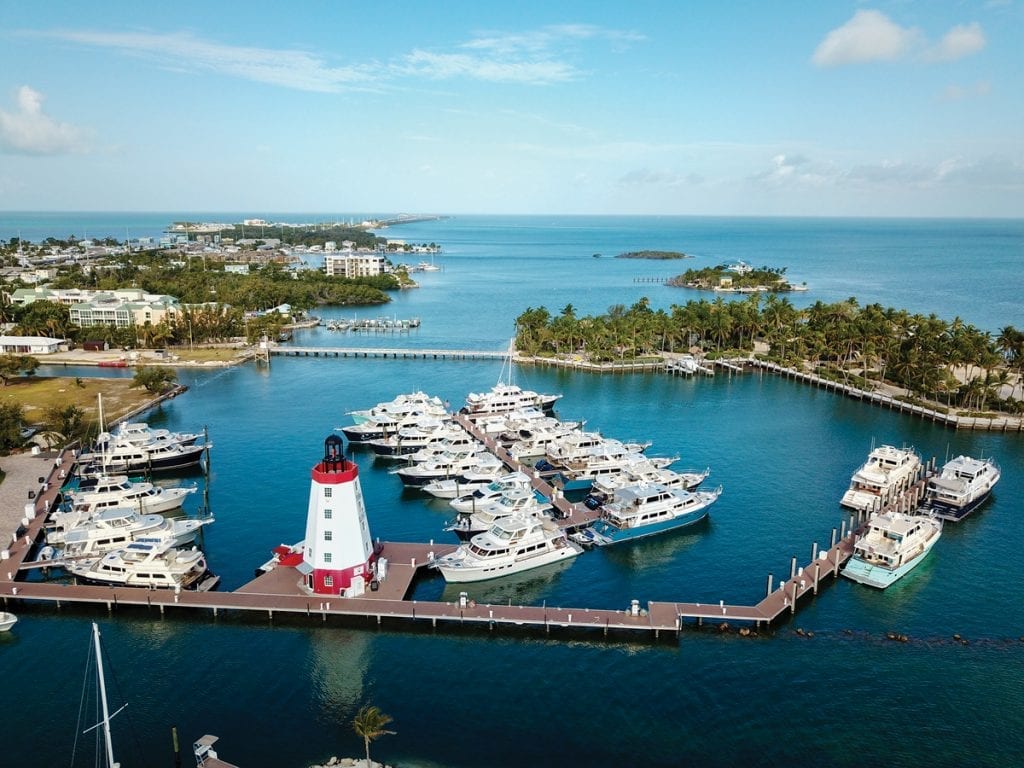Lobster Mini Season
It’s almost here! Avid lobster hunters say the lobster mini season is the best unofficial holiday of the year.
What is it?
Florida’s legendary spiny lobster “mini-season” runs from the last consecutive Wednesday and Thursday of July each year. The regular season begins Aug. 6 every year and runs through March 31.
Dive boats and hotels in the more popular areas tend to fill up pretty quickly, so make plans early. Also, the best conditions for diving — clear, calm and warm water — are most dependable in July and August all around the state. To check those dates, and detailed regulations, visit the Florida Fish and Wildlife Conservation Commission.
How is it done?
Divers either descend by holding their breath or use SCUBA gear. Free-diving is the most challenging way to collect lobsters. Boaters often slowly tow their divers over shallow patch reefs to see what’s below. Or sometimes divers use a planer device such as the Sea Sled, which the diver can tilt downward to get closer to the reef for a closer look. The diver will let go and descends once a hot spot is found.
However, most divers opt for SCUBA gear, which depending upon depth and choice of air mix, allows a diver much more “bottom time.” Whether you’re diving on normal air or Nitrox, make sure you hold the requisite certifications and understand the risks associated with breathing compressed air.
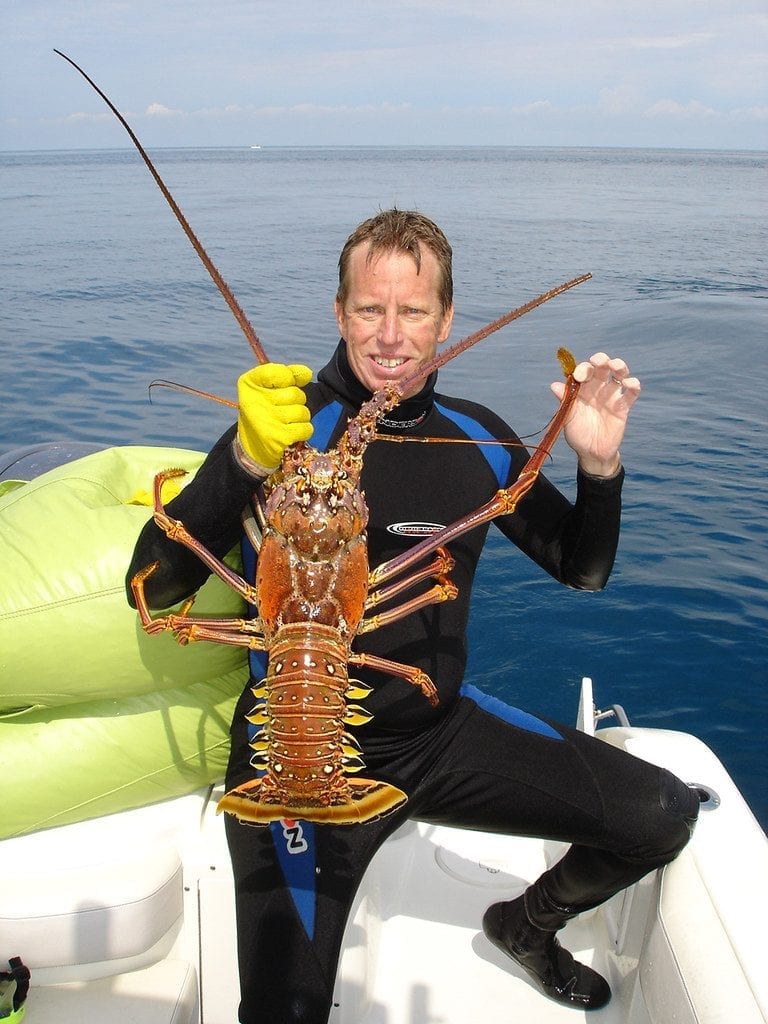
Lobster mini season is like an underwater treasure hunt. In shallow water where limited bottom time isn’t an issue, divers hug the bottom and peer into every nook and cranny. In deeper water where bottom time is precious, good divers spend time hugging the bottom in the most productive areas, then rise up a bit to conserve air while hoping to lobster legs wiggling out of a hole.
What tools are used?
Divers depend on several tools to find and catch in lobster mini season. A good waterproof flashlight is helpful in cavernous stretches of reef. Kevlar gloves are essential — they don’t call them “spiny” lobsters for nothing, and urchin and lionfish quills pose other hazards.
Divers typically carry a “tickle stick” and/or a loop snare. A transparent tickle stick works well to tease lobsters out of holes and into grabbing range. The loop snare can be used to “tickle out” a bug until you have enough room to get the loop behind the tail. Usually, the lobster will walk backward into the loop and when it does you constrict the snare. Of course, you need a bag to hold the bugs, and the various “lobster inn” devices keep them from escaping.
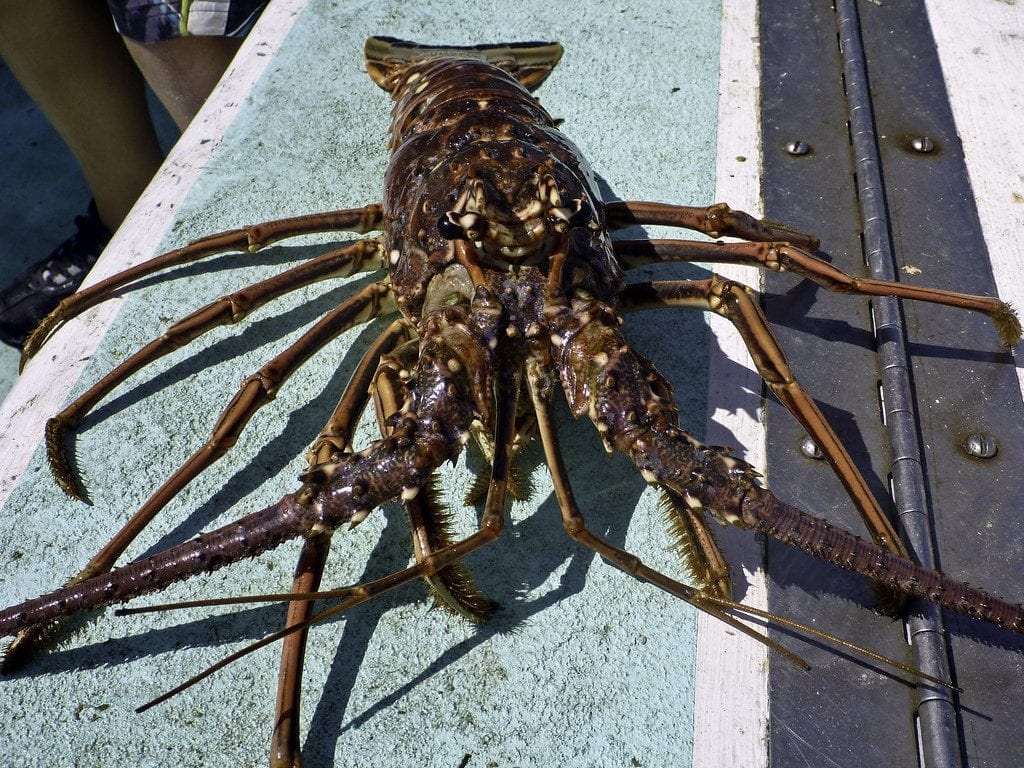
Season Dates:
This year, the lobster mini season is July 24th-25th, 2019 (always the last consecutive Wednesday and Thursday in July each year).
Bag Limits:
6 per person per day for Monroe County and Biscayne National Park and 12 per person per day for the rest of Florida
On-water possession limits:
Equal to the daily bag limit.
Off-Water Possession limits:
Equal to the daily bag limit on the first day, and double the daily bag limit on the second day.
Regular season
The regular 8 month lobster season is always August 6 through March 31.
Size Limits:
Regulations during lobster mini season require lobster hunters to have a saltwater fishing license and lobster stamp. You must carry a gauge to measure the carapace*, which must be longer than three inches.
*What the heck is a carapace?
The carapace, pictured here in green, is a method of determining a lobster’s maturity.
Items of Note
- Possession limits are enforced on and off the water.
- Night diving is prohibited in Monroe County during the lobster mini season.
- Harvest of lobster is prohibited in John Pennekamp Coral Reef State Park during the mini season, and in Everglades National Park, Dry Tortugas National Park, no-take areas in the Florida Keys National Marine Sanctuary and in the Biscayne Bay/Card Sound Lobster Sanctuary during both the 2-day mini season and regular season.
For more information, visit myfwc.com/


